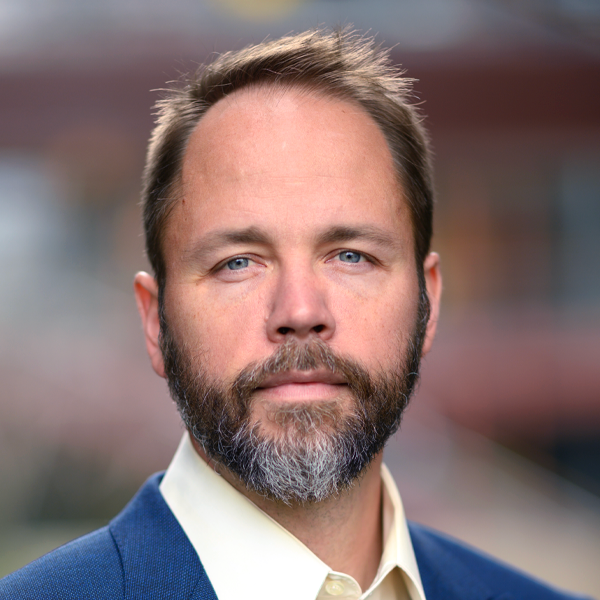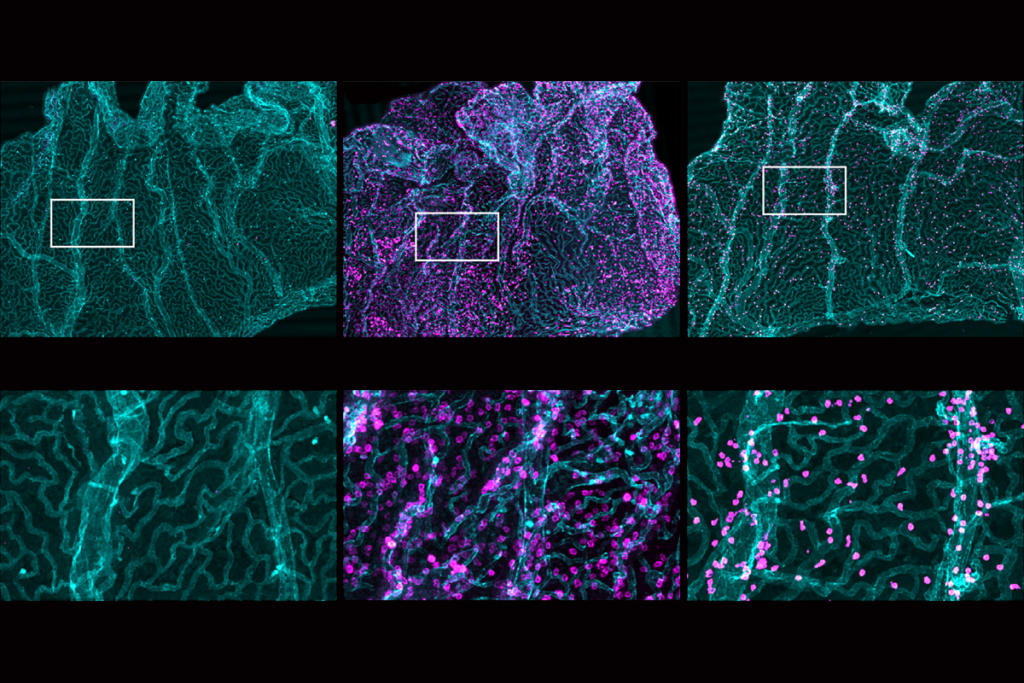David Sussillo is a Senior Staff Research Scientist at Meta Reality Labs and an Adjunct Professor at Stanford University, where he holds affiliations with the Electrical Engineering Department and Wu Tsai Neurosciences Institute. He earned his PhD in Computational Neuroscience from Columbia University, where he studied under Larry Abbott and developed work on learning in chaotic recurrent neural networks. His research spans the intersection of neuroscience, machine learning, and dynamical systems, focusing on understanding neural computation through the lens of population dynamics. Before joining Reality Labs, he was a Senior Research Scientist at Google Brain and completed postdoctoral training at Stanford University with Krishna Shenoy. Sussillo’s contributions include work on context-dependent computation in prefrontal cortex, brain-machine interfaces, and the development of novel methods for analyzing artificial neural networks.

David Sussillo
Senior Staff Research Scientist, Meta Reality Labs
Adjunct Professor, Stanford University
Selected articles
- “Flexible multitask computation in recurrent networks utilizes shared dynamical motifs” | Nature Neuroscience
- “Context-dependent computation by recurrent dynamics in prefrontal cortex” | Nature
- “Generating coherent patterns of activity from chaotic neural networks” | Neuron
- “Inferring single-trial neural population dynamics using sequential auto-encoders” | Nature Methods
- “Opening the black box: Low-dimensional dynamics in high-dimensional recurrent neural networks” | Neural Computation
Explore more from The Transmitter
Hessameddin Akhlaghpour outlines how RNA may implement universal computation
Could the brain’s computational abilities extend beyond neural networks to molecular mechanisms? Akhlaghpour describes how natural universal computation may have evolved via RNA mechanisms.
Hessameddin Akhlaghpour outlines how RNA may implement universal computation
Could the brain’s computational abilities extend beyond neural networks to molecular mechanisms? Akhlaghpour describes how natural universal computation may have evolved via RNA mechanisms.
Immune cell interlopers breach—and repair—brain barrier in mice
The choroid plexus, the protective network of blood vessels and epithelial cells that line the brain’s ventricles, recruits neutrophils and macrophages during inflammation, a new study shows.

Immune cell interlopers breach—and repair—brain barrier in mice
The choroid plexus, the protective network of blood vessels and epithelial cells that line the brain’s ventricles, recruits neutrophils and macrophages during inflammation, a new study shows.
Grace Hwang and Joe Monaco discuss the future of NeuroAI
Hwang and Monaco organized a recent workshop to hear from leaders in the field about how best to integrate NeuroAI research into the BRAIN Initiative.
Grace Hwang and Joe Monaco discuss the future of NeuroAI
Hwang and Monaco organized a recent workshop to hear from leaders in the field about how best to integrate NeuroAI research into the BRAIN Initiative.